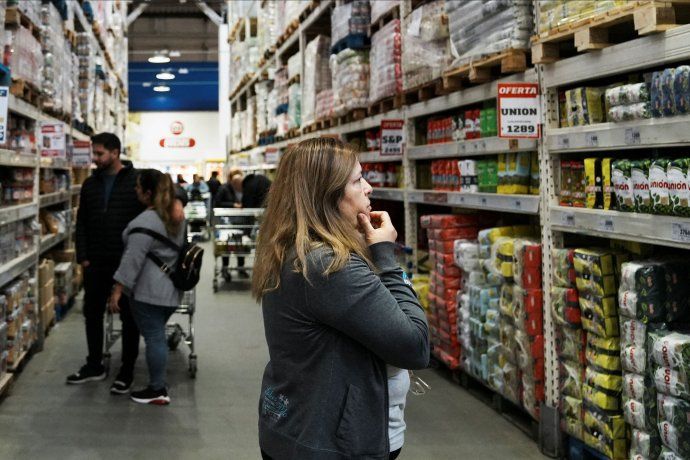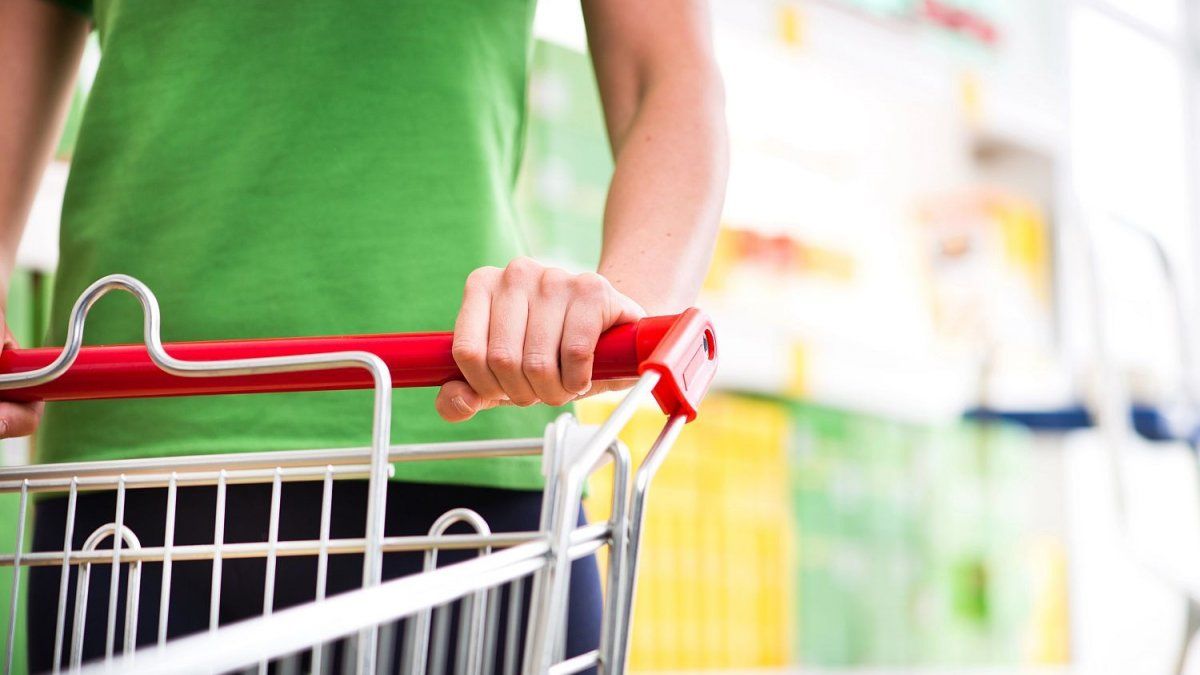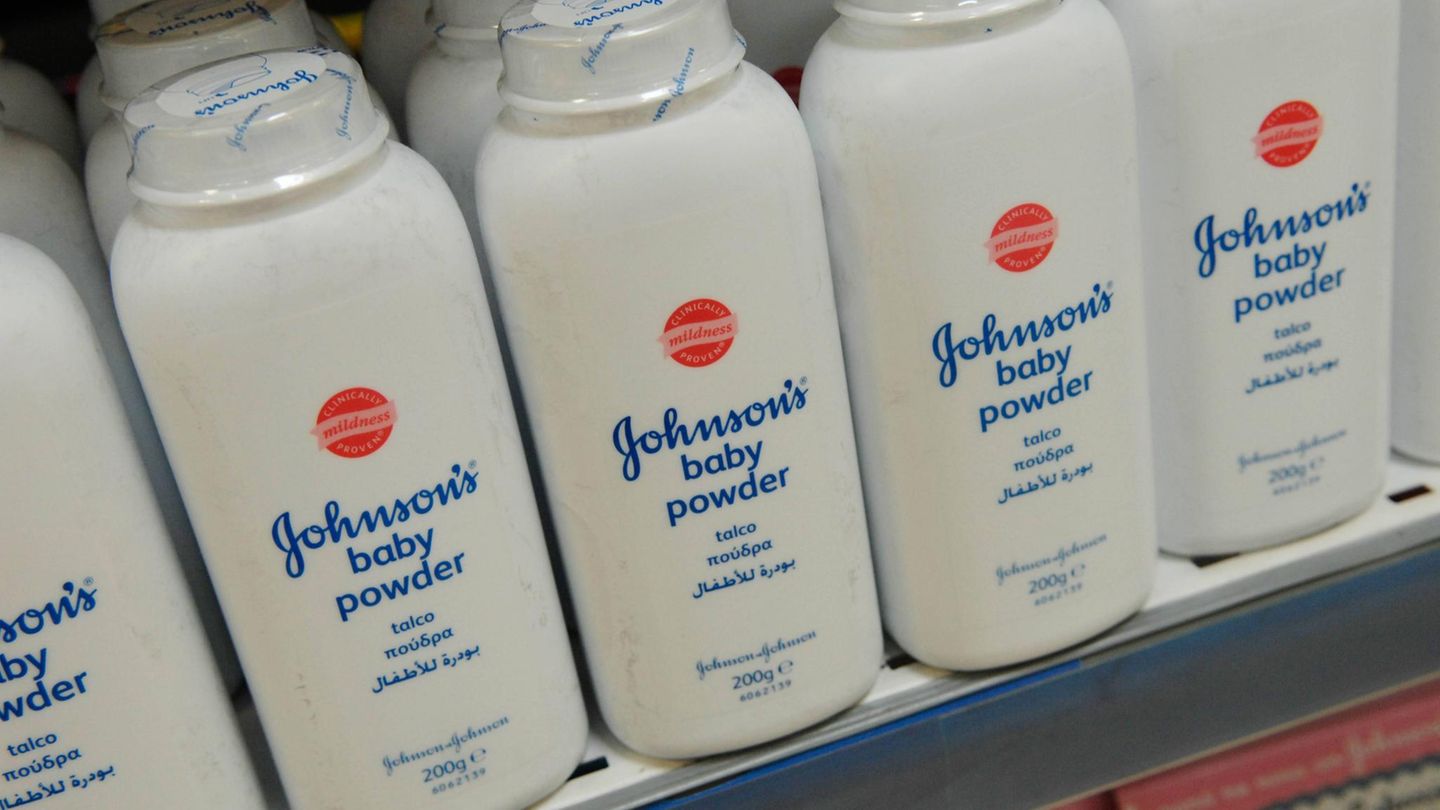Everything you need to know about the FIFO and FEFO techniques: what they are and how to apply them
When buying non-perishable foods, one looks for these hold on as long as possibleTaking advantage of discounts, large quantities of rice or noodles can be stored in a house, but it is important to ensure that these have a long-lasting at its expiration date. The reality is that The freshest ones will always be at the back of the shelves.
The content you want to access is exclusive for subscribers.
This is due to certain techniques carried out by supermarkets so that what is closest to expiration is sold. Below are a series of tricks for buying non-perishable foods so that they last longer.


inflation supermarkets wholesale prices consumption

Reuters
What are the tricks to keep in mind when buying non-perishable foods?
Fifo Technique: First in, first out, in English
At the time of replenishment when new products arrive at a store, The latter will be accommodated at the back of the shelfwhile those who have been in the depots longer will go ahead.
If these products have the same expiration datethe merchandise that is most expensive will be sent to the purchasing line first. has first started its logistics distribution cycle. This happens because it influences the deterioration of a product is the time it spends in storage.
The FEFO technique: First expires, first out, in English
In this technique, the basis is taken the expiration date of a productregardless of when you entered the store. The quickest to win will go ahead, while those with a longer term will go behind.
Source: Ambito
I am Pierce Boyd, a driven and ambitious professional working in the news industry. I have been writing for 24 Hours Worlds for over five years, specializing in sports section coverage. During my tenure at the publication, I have built an impressive portfolio of articles that has earned me a reputation as an experienced journalist and content creator.




